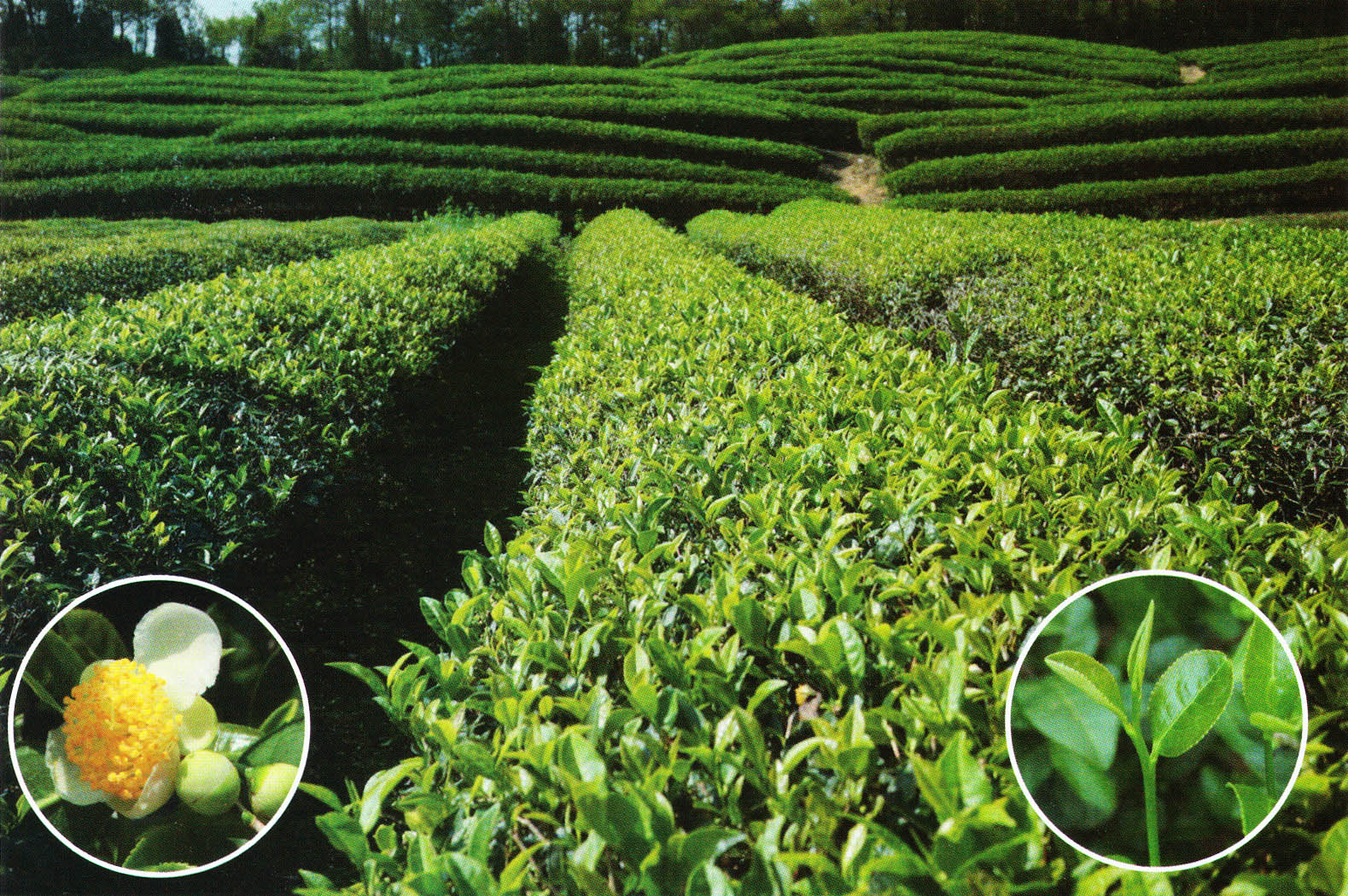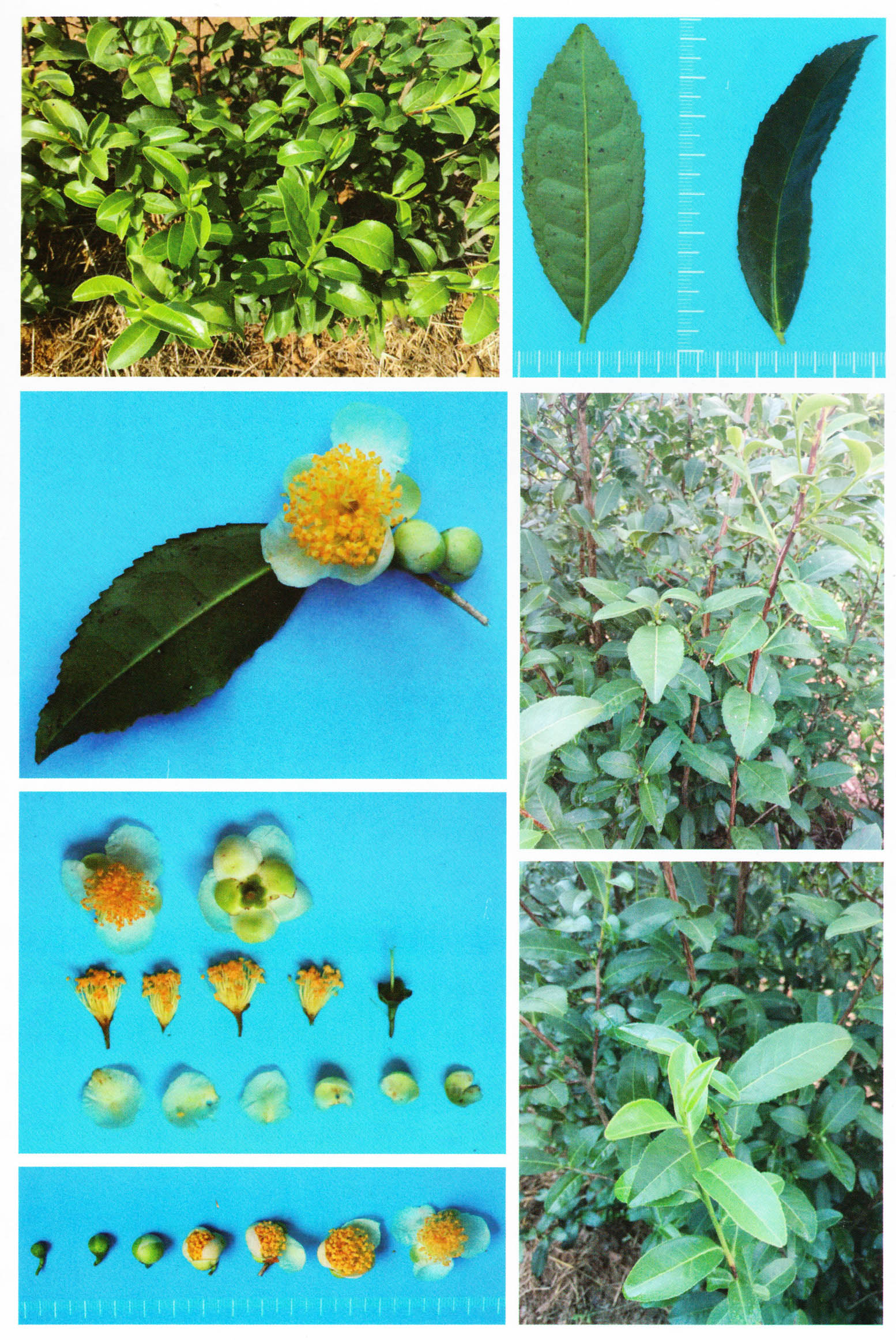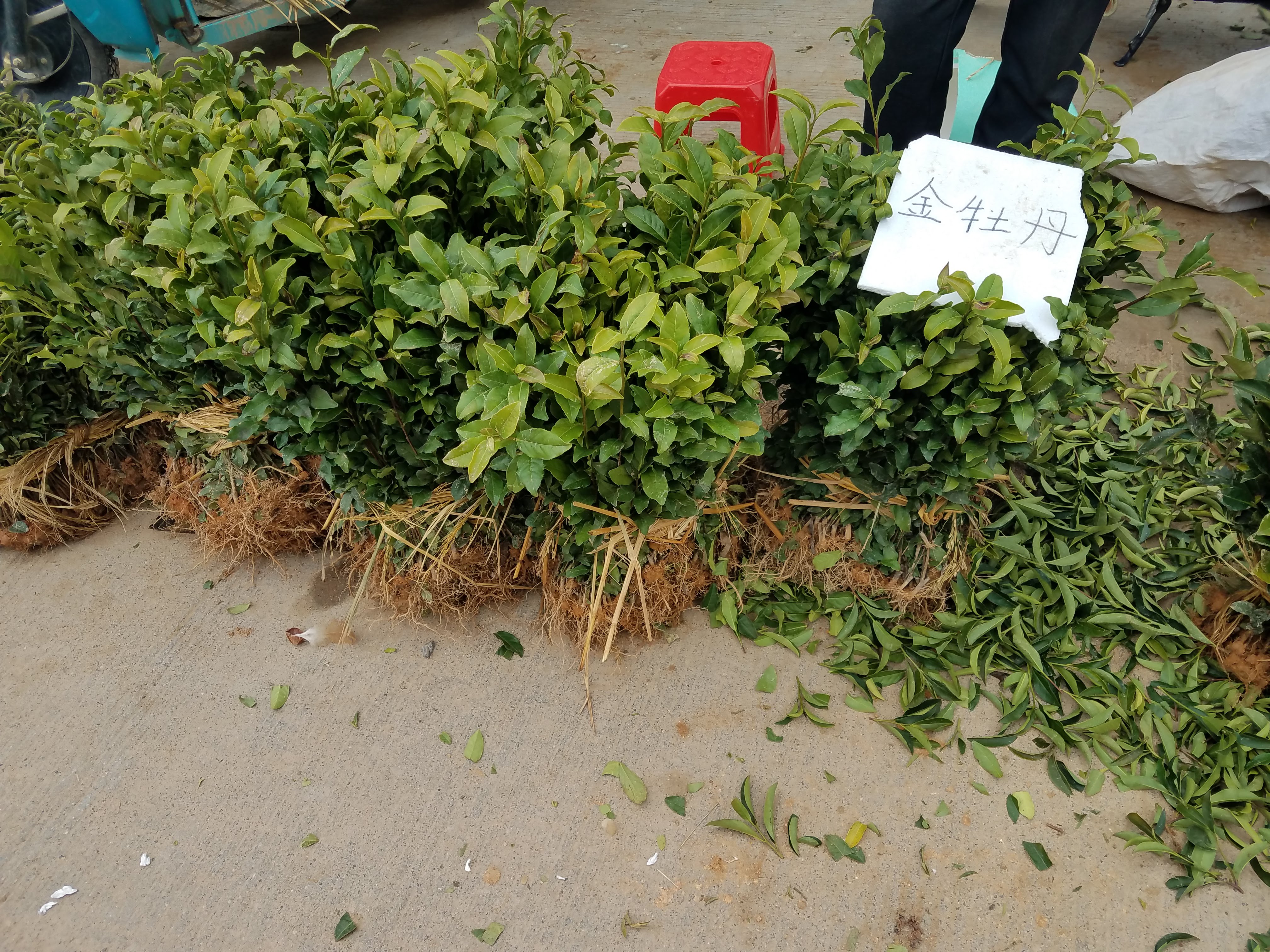Jin Mu Dan (金牡丹)
Jin Mu Dan
The first time I tried Jin Mu Dan was at my oldest Aunt's house during a family get together. We were playing guess the tea, where different people take turns pulling out a tea that only they know, and everyone else tries it and discusses what they think.
View Jin Mu Dan in Old Ways Tea Shop
Growing Characteristics: Jin Mu Dan is a hybrid of two other cultivars. Finding out exactly which has proven to be a bit of a challenge. The referenced text says Huang Guan Yin (黄观音) and Huang Dan (黄旦), though most other online references state that Tie Guan Yin is the female parent. Selected from the development program in 2001, the tea was approved as a Fujian variety in 2003 (as number 2003002). The tree grows to medium size, with an upright and somewhat dense branching pattern. The leaves grow horizontally, and are oval 8.3 to 11 cm in length and 3.0 to 4.7 cm in width. The leaves are slightly shiny, flat, with small waves and blunt tips. The lateral edge ridges are slightly sharp and shallow. The buds sturdy, purple-green and have few hairs. Flowers have 6 to 8 petals, medium sized filaments. The seeds are spherical with a brown seed coat. [1]
Tea Character: Dry leaves are firm and brown-green colored. Aroma is long lasting, taste is full-bodied and sweet. Soup color is orange yellow. Spring tea picked one bud and two leaves has polyphenol concentration 34.9%, Amino acids 3.9%, caffeine 4.4%, and 45.2% water. [1]


References
- Scans and figures from "Illustration of Chinese Oolong Tea" pages 96 and 97.
